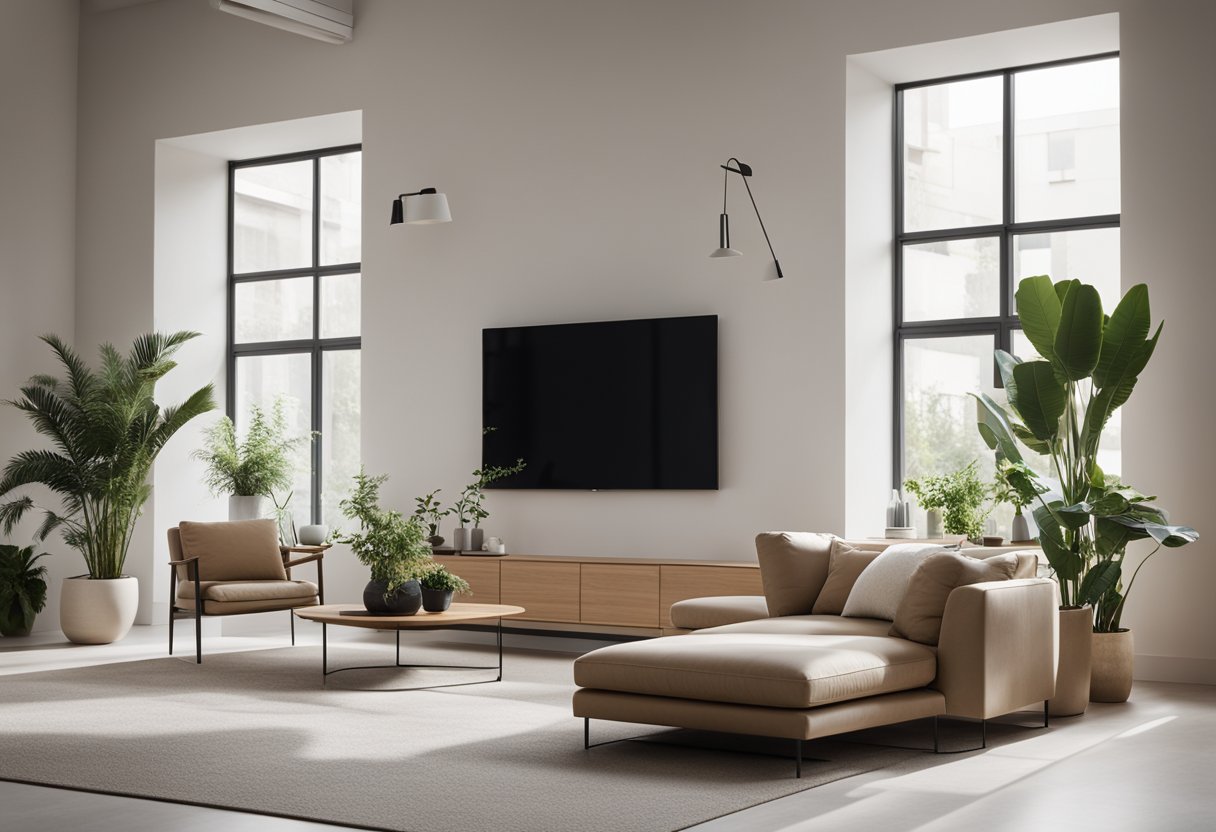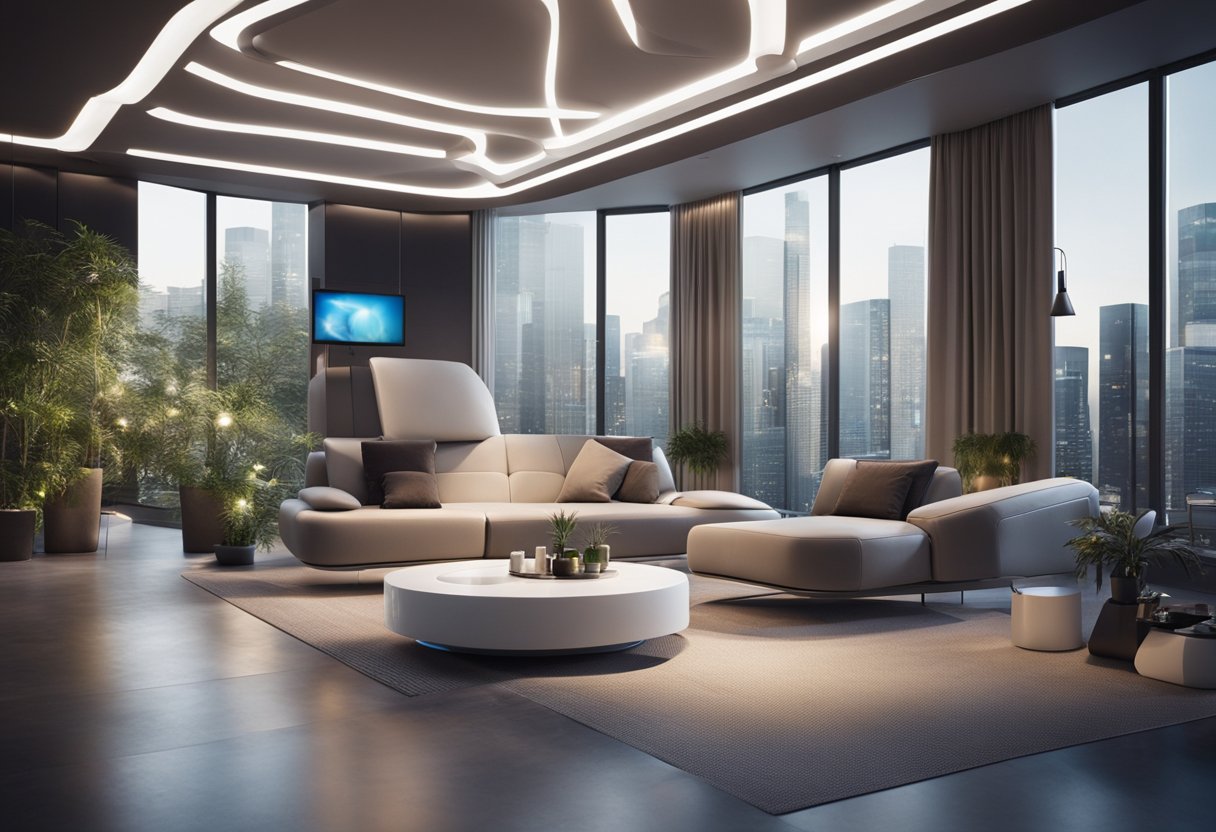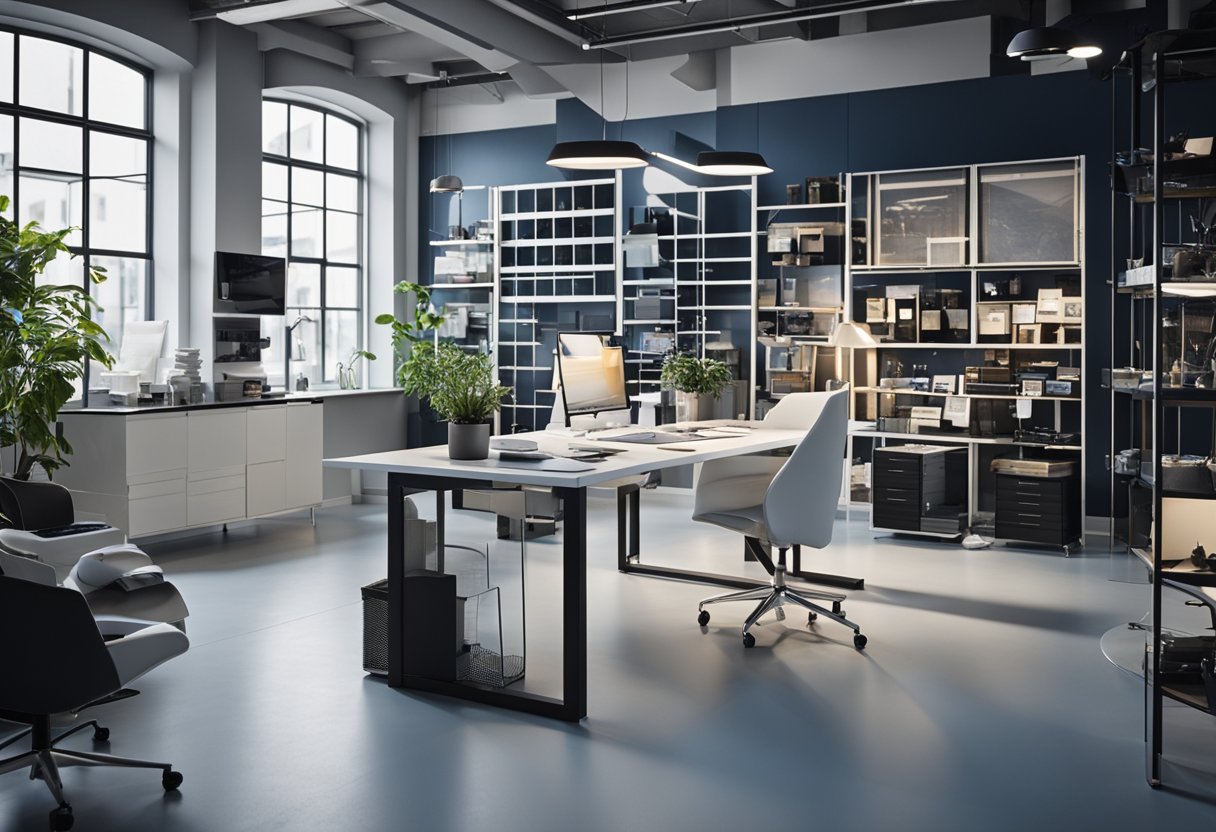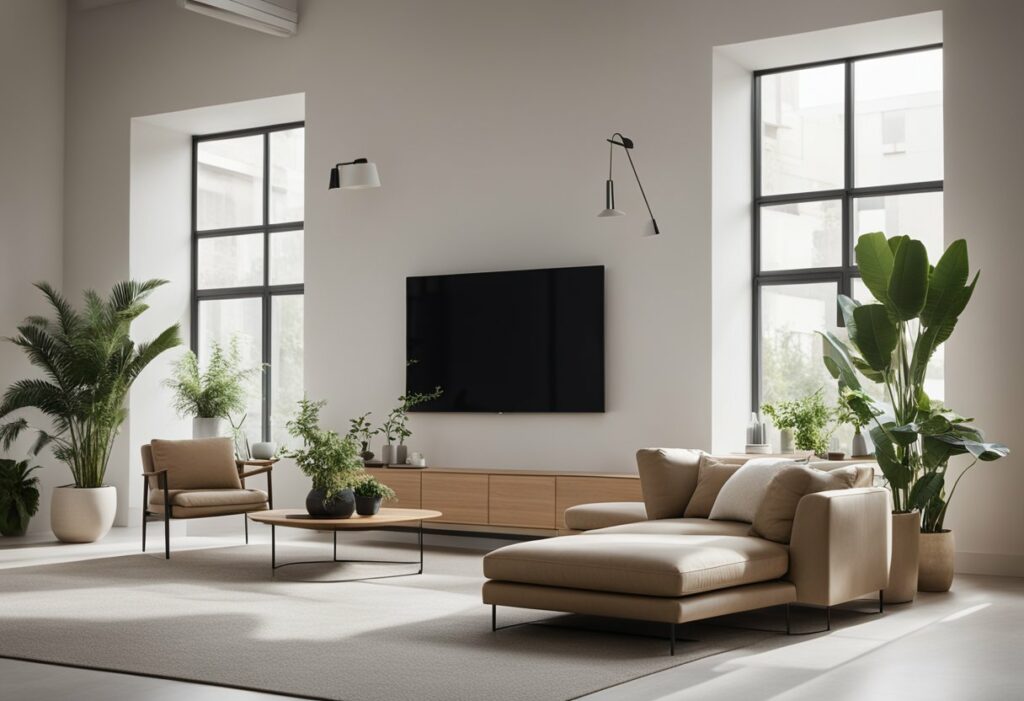Will Interior Design be in Demand in the Future? Exciting Insights and Predictions
If you’re considering a career in interior design, you may be wondering if it’s a good choice for the future. After all, with the rise of automation and technology, many jobs are at risk of becoming obsolete. However, the good news is that interior design is a field that’s expected to continue to grow and evolve in the coming years.

There are several trends shaping the future of interior design that make it an exciting and dynamic field to be a part of. For example, there’s an increasing focus on sustainability and eco-friendliness in design, which means that designers will need to stay up-to-date on the latest materials and techniques. Additionally, the rise of smart homes and the Internet of Things (IoT) means that designers will need to understand how to integrate technology into their designs.
As the role of interior designers continues to evolve, there will be new challenges and opportunities to explore. For example, designers may need to work more closely with architects and builders to ensure that their designs are feasible and practical. They may also need to develop new skills in areas like 3D modelling and virtual reality. However, for those who are passionate about design and willing to adapt to change, the future of interior design looks bright.
Key Takeaways
- Interior design is a field that’s expected to continue to grow and evolve in the coming years.
- Trends shaping the future of interior design include sustainability, eco-friendliness, and the integration of technology.
- Interior designers will need to be adaptable and willing to learn new skills in order to succeed in the future.
Trends Shaping the Future of Interior Design

The world of interior design is constantly evolving, and as we look ahead to the future, we can expect to see some exciting new trends emerge. Here are three key trends that are shaping the future of interior design:
Post-Pandemic Design Influences
The COVID-19 pandemic has had a significant impact on the way we live and work, and this is likely to have a lasting effect on interior design trends. As we adjust to the “new normal,” we can expect to see a greater emphasis on creating spaces that are both functional and comfortable. This may include the use of antimicrobial surfaces, touchless technology, and flexible workspaces that can be easily adapted to changing needs.
Technological Integration in Interiors
Advancements in technology are changing the way we interact with our surroundings, and this is having a big impact on interior design. Virtual and augmented reality (VR/AR) are becoming increasingly popular tools for designers, allowing them to create immersive, interactive experiences for their clients. We can also expect to see a greater use of smart home technology, with features like voice-activated lighting and temperature controls becoming more common.
Sustainability and Environmental Considerations
As we become more aware of the impact of our actions on the environment, sustainability is becoming an increasingly important consideration in interior design. Biophilic design, which incorporates natural elements like plants and sunlight into indoor spaces, is gaining popularity as a way to create healthier, more sustainable environments. We can also expect to see a greater use of sustainable materials like bamboo and recycled plastics, as well as a focus on energy-efficient lighting and HVAC systems.
Overall, the future of interior design is looking bright, with exciting new trends emerging that are both functional and sustainable. Whether you’re designing a home or a workspace, there are plenty of innovative ideas to explore that can help you create a space that is both beautiful and practical.
The Evolving Role of Interior Designers

As the world changes, so does the role of interior designers. In the past, interior designers were seen as decorators who simply made spaces look pretty. However, in recent years, the profession has evolved to become much more than that. Interior designers now play a crucial role in creating functional, safe and beautiful spaces that enhance the quality of life of the people who use them.
Adaptability and Diverse Skill Sets
One of the reasons why interior designers are becoming increasingly important is their adaptability and diverse skill sets. Interior designers are not just creative individuals, but also have a deep understanding of the technical aspects of design, such as building codes, materials, and construction. They are also experts in space planning, lighting design, and colour theory.
This diverse skill set allows interior designers to tackle a wide range of projects, from large commercial spaces to small residential homes. With their ability to adapt to different design challenges, interior designers are well-equipped to meet the needs of clients from all walks of life.
Building Client Relationships and Trust
Another important aspect of the interior design profession is building client relationships and trust. Interior designers work closely with clients to understand their needs, preferences, and budget. By building strong relationships with clients, interior designers are able to create spaces that truly reflect their clients’ personalities and lifestyles.
Building trust with clients is also crucial for interior designers. Clients need to feel confident that their designer is knowledgeable, reliable, and will deliver on their promises. By providing excellent service and delivering quality work, interior designers can build a reputation for themselves and their businesses.
The Business of Interior Design
Finally, the interior design profession is not just about creativity and design skills. It is also a business. Interior designers need to be knowledgeable about the business side of their profession, such as marketing, budgeting, and project management. They need to be able to manage their time effectively, meet deadlines, and stay within their clients’ budgets.
Data also plays an important role in the interior design profession. Interior designers need to be able to analyse data, such as client feedback, market trends, and industry standards, to make informed decisions about their designs and services.
In conclusion, the role of interior designers is evolving to become more important than ever before. With their adaptability, diverse skill sets, and ability to build strong client relationships, interior designers are well-equipped to meet the needs of clients and create spaces that enhance the quality of life of the people who use them.
Frequently Asked Questions

What are the emerging trends predicted to shape interior design by 2030?
As we move towards 2030, interior design is expected to be influenced by a range of emerging trends. One of the most significant trends is the focus on sustainability and eco-friendliness. Designers are increasingly incorporating natural materials and sustainable practices into their work, and this trend is expected to continue in the coming years.
Another trend that is set to shape the future of interior design is the use of technology. Smart homes, virtual reality, and 3D printing are just a few examples of the ways in which technology is already transforming the industry. As technology continues to evolve, we can expect to see even more innovative and creative uses of technology in interior design.
How is technology expected to influence the interior design industry in the coming years?
Technology is expected to have a significant impact on the interior design industry in the coming years. One of the most exciting developments is the use of virtual reality and 3D printing to create immersive and interactive design experiences. This technology allows designers to create realistic models of their designs, which clients can then explore in virtual reality.
Another way in which technology is expected to influence interior design is through the use of smart homes. Smart home technology allows homeowners to control everything from lighting to temperature to security with a simple voice command or tap of a button. As smart home technology becomes more advanced, we can expect to see even more innovative and creative uses of this technology in interior design.
Are there any forecasts about the growth of the interior design sector?
Yes, there are forecasts about the growth of the interior design sector. According to a report by ResearchAndMarkets.com, the global interior design market is expected to grow at a CAGR of 4.8% between 2020 and 2027. This growth is being driven by factors such as increasing demand for eco-friendly designs, rising disposable incomes, and growing urbanization.
What career opportunities are likely to arise in interior design in the near future?
As the interior design industry continues to grow, we can expect to see a range of new career opportunities emerging. Some of the most promising areas include sustainable design, smart home technology, and virtual reality design. Additionally, there will continue to be demand for traditional interior design roles, such as residential and commercial design.
How might the demand for sustainable and eco-friendly designs impact the interior design industry?
The demand for sustainable and eco-friendly designs is expected to have a significant impact on the interior design industry in the coming years. Designers will need to incorporate sustainable materials and practices into their work, and clients will increasingly expect this as a standard. This trend is likely to drive innovation and creativity in the industry, as designers explore new ways to create beautiful, functional, and sustainable designs.
In what ways could artificial intelligence potentially transform the interior design profession?
Artificial intelligence (AI) has the potential to transform the interior design profession in a number of ways. One of the most exciting applications of AI is in the area of predictive design. With AI, designers can use data and algorithms to predict how a space will look and function before it is even built. This can help designers to create more efficient and effective designs, and can also save time and money in the design process. Additionally, AI can be used to create personalized design experiences for clients, by analyzing their preferences and creating designs that are tailored to their needs and tastes.



